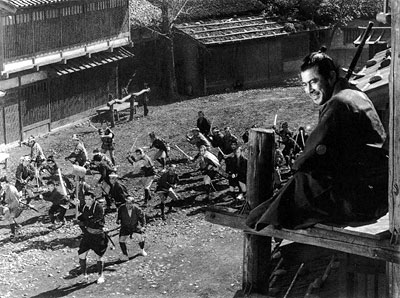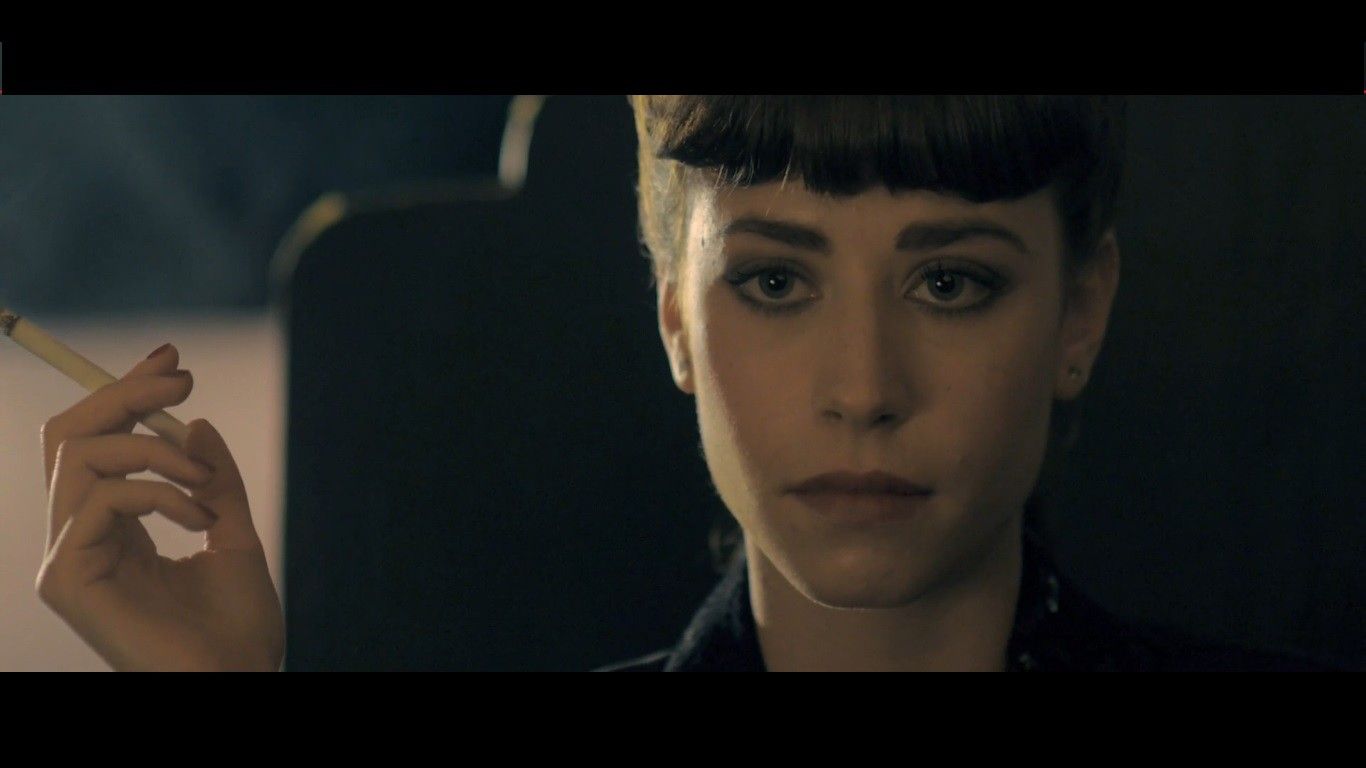If you’ve decided to hire out
the production process, you can kick back and relax while your professional
film crew works its magic, though it never hurt anyone to learn a little bit
more. So even if you hired out, you might find this post interesting. If you’re
going the DIY route, this will provide insight into some of the factors that go
into making the shot itself look pretty good. This entry will be on the
abstract side of things without a ton of reference to hyper-specific film tools
(a post on equipment is in the future).
When you go to see The Avengers
or Transformers 5, you’re actually looking at images that have been thoroughly
thought out and meticulously lit (a lot of hard work goes into those types of
movies; a shame it isn’t directed elsewhere). One philosophy of filmmaking is
to draw as little attention as possible to the technical aspects of production
and design shots to look as natural as possible. This, however, does not mean
that the crew just plopped a camera on the ground and hoped for the best. Composition,
lighting, camera movement, and acting performance are all aspects of production
that I will delve into. There are other factors such as art department, hair
& makeup, and wardrobe that I am not as familiar with so I won’t make
myself look like an idiot by trying to talk about them, but do know they exist.
Production
Composition
– one of the first things that comes into place when setting up a specific shot
is the composition of the image within the frame. You’ll often here “rule of
thirds” get tossed around with regards to composition. As with anything in art,
the rules are guidelines and should not be applied “just because they’re the
rules.” Some things to consider when setting the composition of the shot: (a)
where is your subject in the frame? (b) what is your eye level? (c) what direction
is your subject looking (d) is the background interesting without being
distracting? (e) is there anything in the foreground to add depth to the shot?
Let’s break down this image from
Akira Kurosawa’s film Yojimbo (upon
which Sergio Leone based his spaghetti Western A Fistful of Dollars). If you’ve seen the movie, you know that
Toshiro Mifune has pitted two small-town gangs against one another and now sits
atop a watchtower laughing as the two groups of thugs have a classic stand-off
in the center of town. Kurosawa is a master of composition, managing to convey
so much information in even a still frame. Mifune’s elevation atop the tower
positions him in a role of power. As the tiny figures of thugs in the
background dance around, Mifune can relax and laugh. Kurosawa places Mifune at
the far right of frame and he only fills about one quarter of the whole image
leaving the rest of the frame to encompass the blundering bandits. The shot has
both foreground and background action capturing two stories at once.
You can
learn about composition from any number of art forms. Photography and painting
are two great mediums you can visit to learn from the masters as well.
Lighting
– once you know the composition of the shot you want to get, you can light it
to draw attention to the most important aspects within the frame. Light, or
lack thereof, helps the viewer’s eye focus. Before telling you about any
methods of lighting, you should know that different light has different color
and these differences become a lot more noticeable on video if you don’t set
your camera correctly. Color temperature refers to the color of light and it is
usually measured in degrees Kelvin (which is a measure of heat, the color
temperature has something to do with the color that a black body entity emits
when it is heated to that temperature. I’m not a physicist, I just do movies).
The two major benchmarks that are important to know are: standard daylight is
5600 degrees Kelvin and tungsten filaments are 3200 degrees Kelvin. If you have
fluorescent tubes or compact fluorescent lights in your office, they probably
run a gamut of color temperatures and most likely have a green spike to them as
well.
A good place to start if you’re
just starting to dabble in the art of lighting is the classic “three point
lighting” technique where you have your key light (the main source of illumination),
the fill light (which reduces any unwanted shadows) and back light (which helps
separate the subject from the background). I’m not going to break down a
lighting set up for you this post, but there’s a great article at No FilmSchool that reverse engineers a shot from Ridley Scott’s Blade Runner.
Camera movement – if you want to
incorporate steady camera moves into your video (not Blair Witch-style shaky
handheld) it’s probably going to add a little more to your budget. There are
some lower tech options that have their limitations but can be worth the price
and some higher tech options that require a larger crew but can create some
pretty impressive shots. Rather than deal with the specifics of the equipment, I
want to stress the importance of intent behind camera movement. As an artistic
purist, I am not a fan of throwing camera moves into a shot list “because they
look cool.” The most powerful films are those in which all the elements work to
create a unified and cohesive goal. This means that every decision is
intentional and has some basis in the story. Shane Hurlbut, ASC has a fantastic post about the intent behind the camera move in a film he shot, Mr. 3000.
Acting performance – whether you’re
using your company’s code monkeys or somehow managed to land Ryan Gosling, you’re
going to want to get the most out of their acting ability. Directing, like
everything else in the film world, is hardly an exact science. No two actors
work the same way, so what works for your Python performer is probably not
going to work for Gosling. Some general advice, however, is in order. Make sure
your talent is as physically comfortable as possible. Do they have water? Do
they have a comfortable place to wait while the shot is being composed? I
personally don’t like to let the actor watch takes of him/herself before their
picture wrap. I don’t want them seeing some little tick that only they can see
and altering their entire performance as a result. Some people nail the shot on
the first try, others need a couple warm ups. Try to get a feel for the rhythm
of your actor. Finally, let them own the performance. Line readings (where you
tell the actor exactly how to say the line) often do more harm than good as
they are now just parroting you and not delivering a sincere take. It is also
advisable not to call attention to a specific word. If someone stutters during
an interview, tell them your cameraperson screwed up and ask them to start
over.
I know I said that this post
would be combined with the editing guide, but I got carried away again. So tune
in tomorrow to read about some of the things that go into the editing process.
Do you have any production stories? Any shoots that went terribly right or
terribly wrong (the horror stories are always the most interesting)?
-- by Joseph Baron



No comments:
Post a Comment